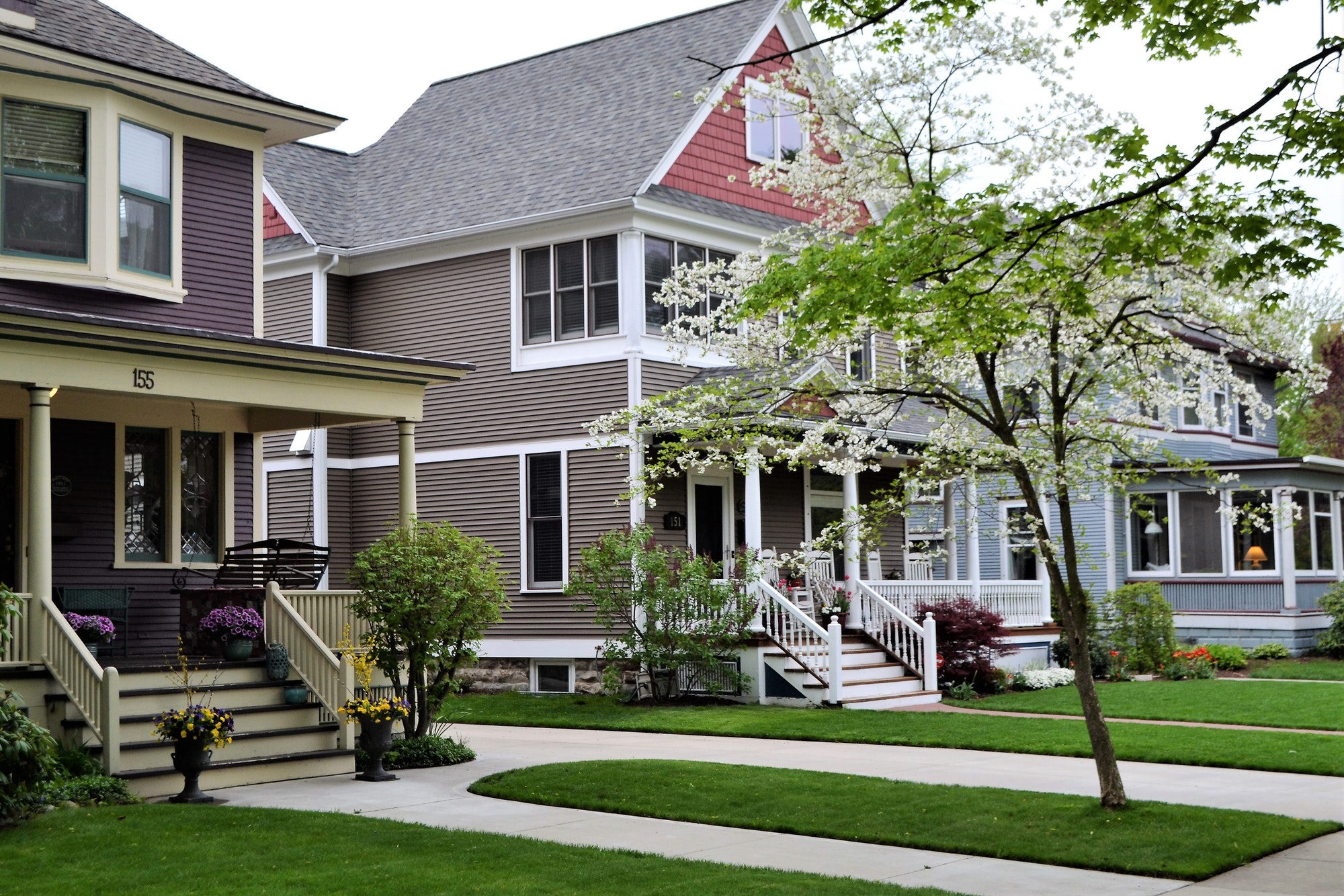Recent Posts
- A Guide To OTP SMS For Businesses
- What You Should Know About Mortgages, Restart Loans and Refinancing
- Why A Charcuterie Board Is A Perfect Gift
- Which Travel Kit is Right For You?
- Solo Traveler Tips For Getting the Most Out of Your Trip
- How to Finance My Mortgage
- What Are the Best Phones to Buy?
- The Best Computer For Games
- Beginner Diving in Socorro Island, Philippines
- The Basics of Scuba Diving in Australia
- Scuba Diving and Underwater Photography – The Best Snorkling in North America
- How Do Real Estate Prices Affect Your Community?
- Advantages of Hiring an SEO Service
- How SEO Tools Can Help Improve Your Website’s SEO
- How Do I Finance My Home Renovation?
- How to Finance My Mortgage
- Asian Dating Sites
- The Benefits of Dating a Younger Woman
| M | T | W | T | F | S | S |
|---|---|---|---|---|---|---|
| 1 | 2 | 3 | 4 | 5 | 6 | |
| 7 | 8 | 9 | 10 | 11 | 12 | 13 |
| 14 | 15 | 16 | 17 | 18 | 19 | 20 |
| 21 | 22 | 23 | 24 | 25 | 26 | 27 |
| 28 | 29 | 30 | 31 | |||

There are two primary sources of information about real estate prices. Gross sales prices and net sales prices. The former is the cost of buying and selling the property. The latter includes sales tax and any other auxiliary fees. The gross price is the total price a buyer must pay, whereas the net price is the amount that the seller keeps from the transaction. Here are some factors that may affect the real estate prices of your community. The higher the gross price, the higher the home price.
In the short term, housing prices should remain fairly steady. In the long run, a slowdown in the housing market should only serve as motivation for sellers. While bidding wars are a nuisance for buyers, they can result in overbidding on the same duplex. Similarly, smart investors may be waiting for a correction, if not the downturn, to get in on the action. However, holding steady can provide passive income from existing properties and capital to invest in a downturn in demand.
Rising prices can also be tied to a lack of new homes being built. While an increasing number of houses are being purchased by investors, there is a corresponding increase in the number of owner-occupied homes. Meanwhile, the number of rental units isn’t any higher than six years ago, but there are millions more owner-occupied homes than there were six years ago. And it may be a long time before a correction is a good thing for the economy.
In some markets, the supply of houses is low and the demand is high. This is known as a seller’s market. In such a situation, a seller has the upper hand, as fewer properties are available on the market. This makes it easier for a seller to increase the asking price, and it also results in faster sales. But the downside is that buyers are rarely willing to negotiate and are more likely to take a property for as-is.
The S&P CoreLogic Case-Shiller index tracks changes in single-family home prices in the U.S. While not perfect, this index does show that real estate prices have reached a level where they’ve become excessively high. The 12% drop in April was attributed to rising interest rates. But the trend hasn’t reversed overnight and prices could drop further in May. So, how do we know if real estate prices are overvalued?
In recent years, the number of new listings in New York City has increased significantly. Compared to last year, the pace of new listings has slowed down. Luxury homes in Manhattan and Brooklyn are enjoying the greatest price drops, and the median asking price in Manhattan and Brooklyn fell by over 2% year over year. Despite the price increases, rent inventories have fallen below their yearly norm. Only 18569 rental properties in Manhattan and Brooklyn were available at the end of August.
The cost to produce a home determines real estate prices in most markets. Low mortgage rates encourage people to move from densely populated areas to more rural areas. This translates to reduced risk of an economic collapse. However, there are some factors that affect real estate prices in Brooklyn. The cost of labor, costs of materials, and restrictive local regulations are limiting the number of homes on the market. While low mortgage rates are helping homeowners, they also create a shortage of housing.